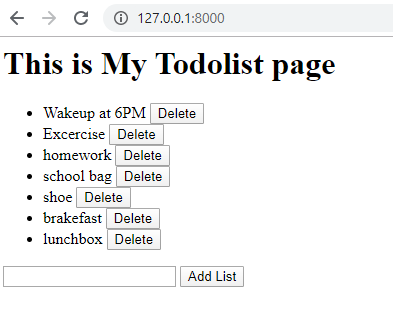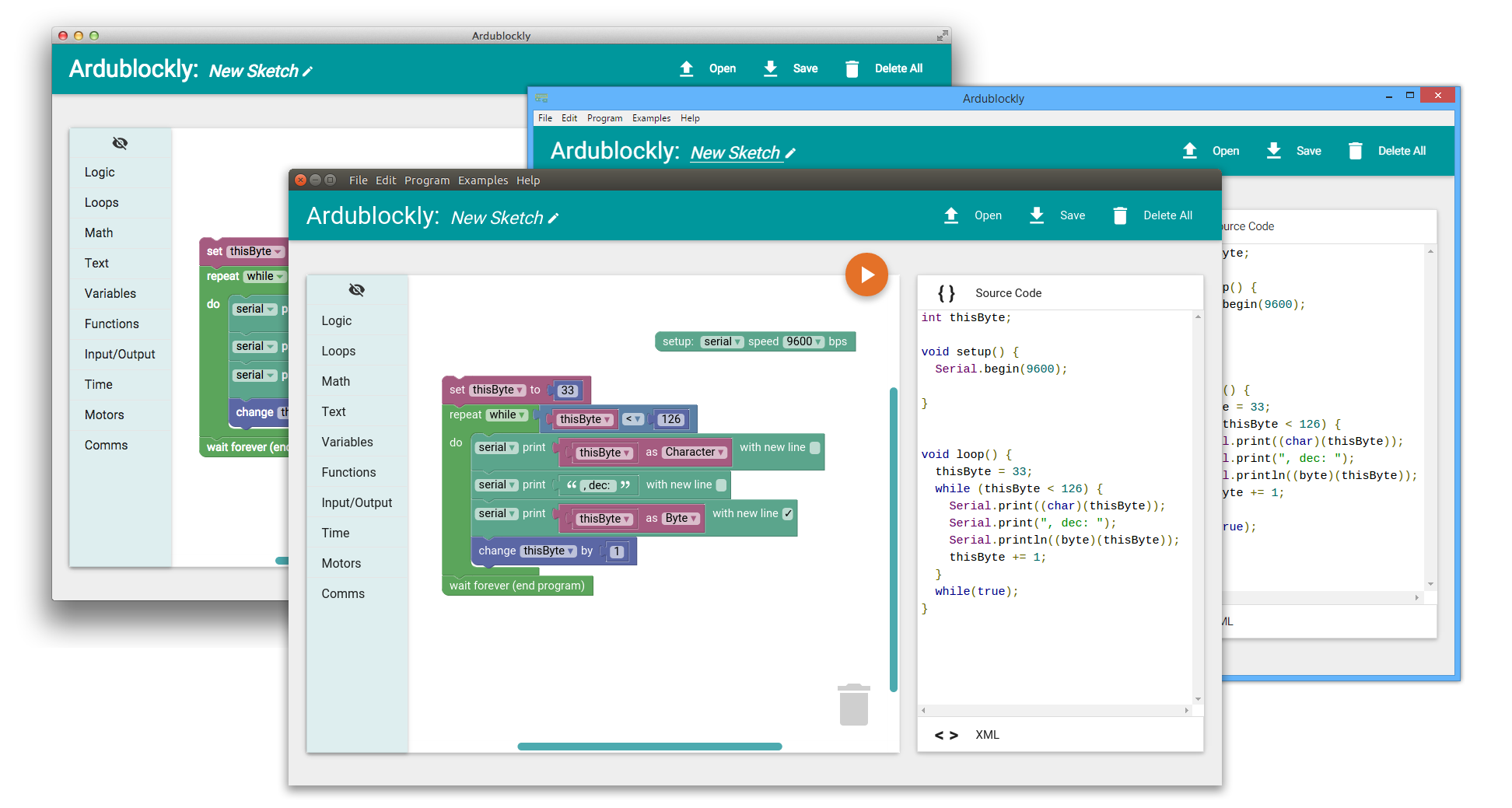



We can build mobile apps using these Web technologies, and by leveraging Cordova or Capacitor, we can distribute the apps through native app stores for installation on devices. Ionic provides tools and services for developing hybrid mobile apps, desktop apps and progressive Web apps based on modern Web development technologies like HTML, CSS and JavaScript.

You can also use Ionic components without any UI framework. The latest release, Ionic 4, was rebuilt as a set of Web components, which allow the user to select any modern UI framework, such as Angular, Vue or React. The original version was built on top of AngularJS and Apache Cordova. The Ionic Framework is a complete open source SDK for hybrid mobile app development. Figure 1: Ionic project running in the browser What if there was a framework or SDK to build an app that will run on all platforms? This is where Ionic, a hybrid mobile application development framework, comes into the picture. This can be time consuming and difficult to maintain. More efforts and resources will be required, as it will be like developing the same app twice using platform-specific SDKs and APIs. Let’s say you have an idea for an app and want to build it for each of your target platforms-Android and iOS. Apps can be developed for each specific platform or device but doing so can be a tedious task. Android and the iOS mobile OS platforms have the highest market share. Today there are a number of mobile platforms for apps. Want to buy new clothes? Open an e-commerce mobile app, choose what you like, and purchase it. Bills pending? You can pay them using digital payment apps. For example, if you are hungry, you can use an app to order some food. Mobile apps have become a crucial part of our lives. This tutorial will help you build a to-do list mobile application, using the Ionic 4 Framework, within a few minutes.


 0 kommentar(er)
0 kommentar(er)
